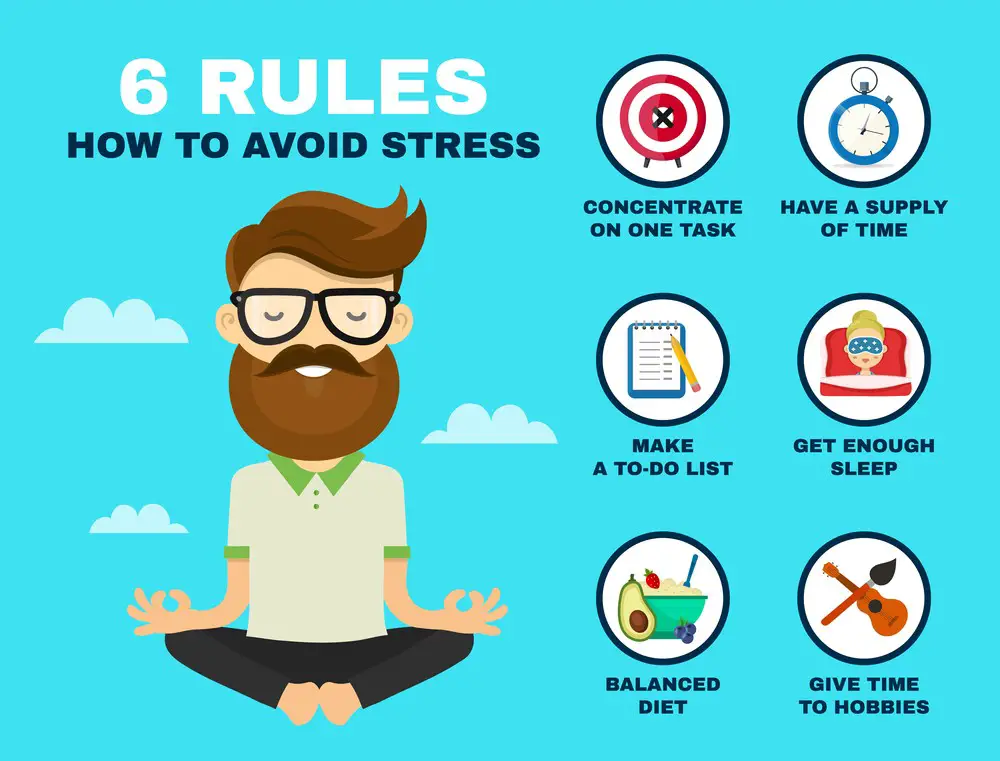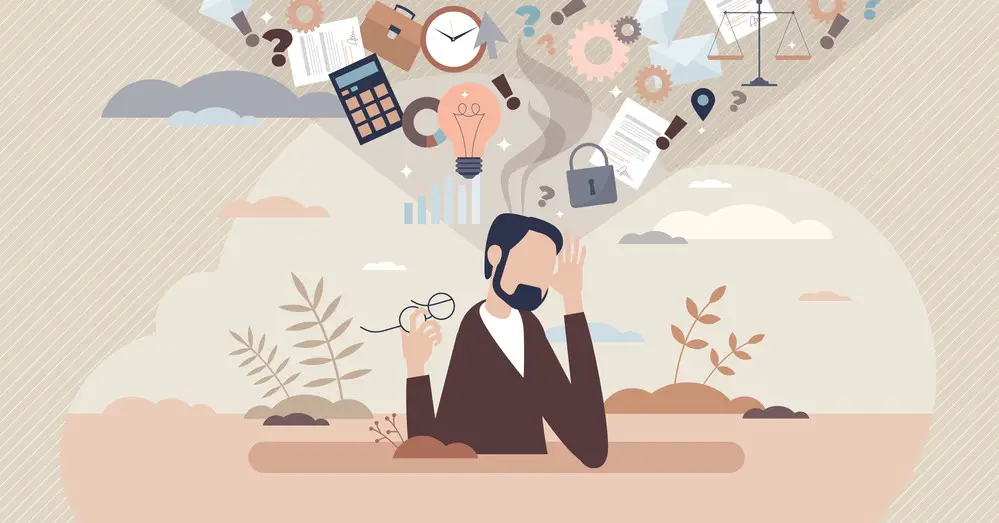With the increasing demands of work, it is not uncommon for individuals to feel overwhelmed and stressed. However, technology can be a useful tool in reducing workload and stress levels. By implementing the right strategies, individuals can use technology to their advantage and optimize their work processes.
Using Data Acquisition Software to Reduce Workload
Data acquisition software, like daq, is a powerful tool that can help reduce workload and stress in the workplace. By automating the collection and analysis of data, this software can save valuable time and resources, allowing employees to focus on other essential tasks.
One of the key benefits of data acquisition software is that it can help identify inefficiencies in the workplace. By analyzing data on everything from employee productivity to equipment usage, this software can help pinpoint areas where improvements can be made. This can lead to increased efficiency, decreased workload, and reduced stress for employees.
In addition to identifying inefficiencies, data acquisition software can help prioritize tasks and streamline workflows. By providing real-time data on project status and resource allocation, this software can help ensure that employees work on the most critical tasks at any given time. This can help prevent work overload and ensure employees can work efficiently and effectively.
Data acquisition software is a valuable tool for reducing workload and stress in the workplace. By automating data collection and analysis, this software can help identify inefficiencies, prioritize tasks, and streamline workflows, ultimately leading to increased efficiency and decreased stress for employees.

Leveraging Technology for Workload Management
With the help of technology, workload management has become easier than ever before. If you’re interested in learning more, look at this website. Here are some tips to help you leverage technology for workload management:
1. Prioritize Your Tasks
One of the best ways to reduce your workload and stress is to prioritize your tasks. With the help of technology, you can easily create a to-do list and prioritize your tasks. Many automation tools can help you prioritize your tasks based on their importance and urgency.
2. Use Collaboration Tools
Collaboration tools like Slack can help you work more efficiently with your team members. You can easily share files, discuss projects, and communicate with your team in real-time. This can help you save time and reduce your workload.
3. Automate Repetitive Tasks
Automation is a great way to reduce your workload and increase your productivity. There are many automation tools available that can help you automate repetitive tasks like data entry, email management, and more. This can help you save time and focus on more important tasks.
4. Use Project Management Tools
Project management tools can help you manage your projects more efficiently. With the help of project management tools, you can easily track your progress, assign tasks to team members, and collaborate with your team members. This can help you reduce your workload and complete your projects on time.
By leveraging technology for workload management, you can reduce your workload and stress, increase productivity, and achieve your goals more efficiently.

Reducing Stress with Technology
Technology can be a valuable tool for reducing work-related stress and promoting better mental health. Here are some tips for using technology to reduce stress:
- Mindfulness apps: There are many apps available that can help users practice mindfulness and reduce stress. Apps like Headspace and Calm offer guided meditations and other tools to help users focus, relax, and reduce anxiety.
- Communication tools: Technology can also help improve communication and connection between team members, reducing stress and improving productivity. Platforms like Slack and Microsoft Teams allow team members to collaborate and communicate in real time, even if they are working remotely.
- Automated workflows: Automating repetitive tasks can help reduce workload and save time for more important work. Workflow automation tools like Zapier and IFTTT allow users to create automated workflows that streamline tasks and reduce stress.
- Mental health apps: Many apps are also available specifically designed to help users manage their mental health. Apps like Moodfit and Happify offer tools and resources for managing stress, anxiety, and depression.
By incorporating these technology tools into their work routines, individuals can reduce stress and promote better mental health.

Balancing Work and Life Using Technology
Maintaining a healthy work-life balance can be challenging, especially when work and personal life are intertwined. Fortunately, technology can help individuals better balance these two aspects of their lives. Here are some tips for using technology to balance work and life:
Set Boundaries
One of the most important things you can do for your work-related stress levels is to set boundaries. This might look like you have a clear limit on how much time you can spend on work-related tasks and making time for personal activities. Technology can help by setting reminders and notifications to ensure individuals stick to their boundaries and avoid overworking themselves. If your company is planning an upcoming move, you could also use international freight forwarding companies to help you with the move to save time and stress.
Embrace Flexibility
Technology has made it easier than ever to work from anywhere, at any time. While this can be a blessing, it can also be a curse if individuals don’t limit their work hours. Embracing flexibility means taking advantage of the ability to work remotely or on a flexible schedule but also being mindful of setting boundaries to avoid burnout.
Establish Routines
Routines can help individuals stay on track and avoid feeling overwhelmed. Technology can be used to create routines, such as setting reminders for regular breaks or scheduling time for exercise or other personal activities. By establishing routines, individuals can create a sense of structure and reduce stress.
Prioritize Work-Life Balance
Finally, it’s important to prioritize work-life balance. This means making a conscious effort to prioritize personal activities and relationships and not letting work take over. Technology can help by providing tools and resources for managing time and staying organized, but ultimately, it’s up to individuals to make work-life balance a priority in their lives.
- Stress Relieving Benefits of Spending Time in a Garden: Interesting Facts to Know - February 16, 2024
- How to Reduce Anxiety Immediately: Quick and Effective Techniques - February 15, 2024
- Can Stress Cause Bloating? Understanding The Link Between Stress And Digestive Issues - February 15, 2024
This site contains affiliate links to products. We will receive a commission for purchases made through these links.




